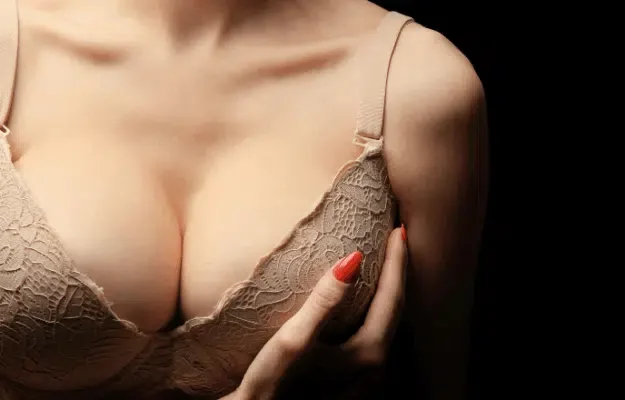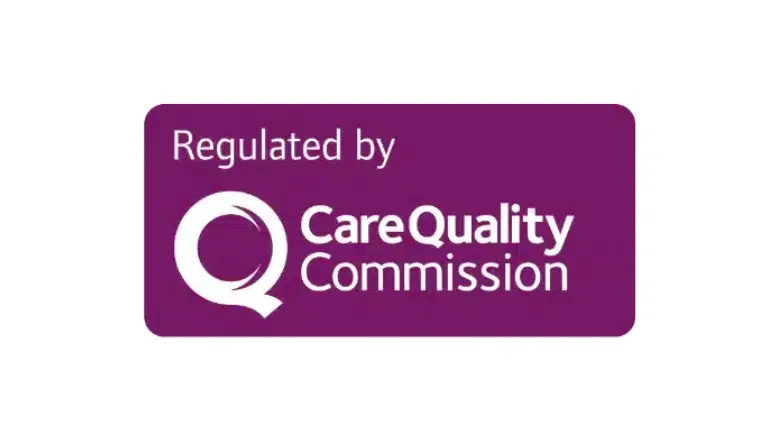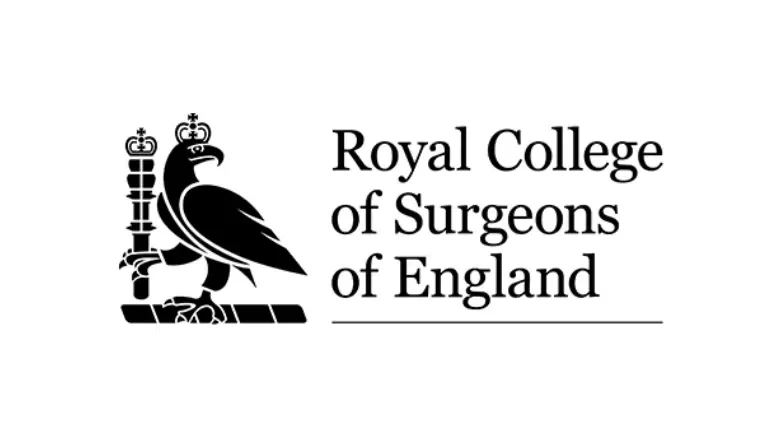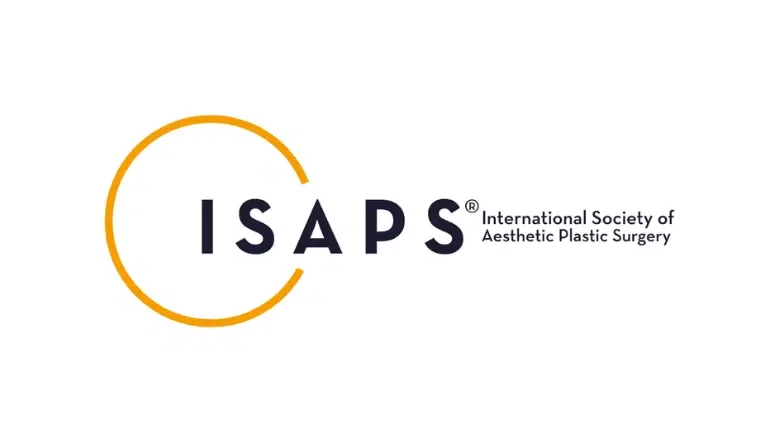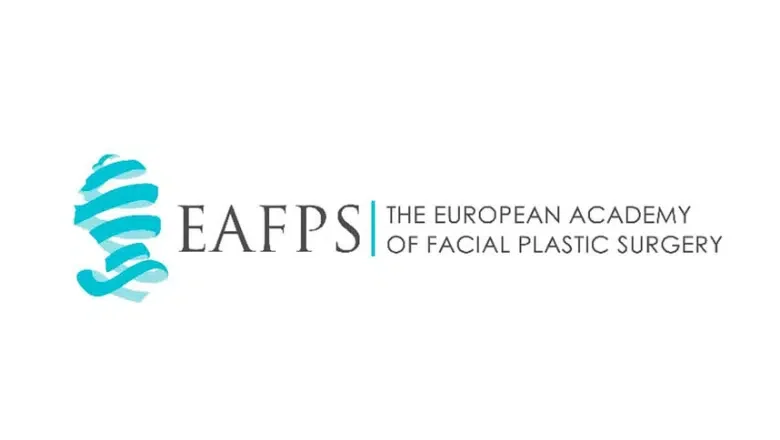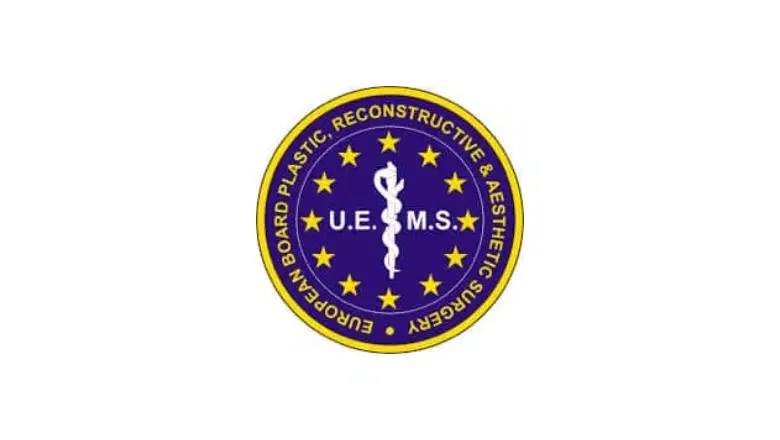When you’re considering getting surgery, it’s essential to weigh up the good and bad aspects of the procedure. It’s not just about what the surgeon says; you should also make your own list of advantages and disadvantages. Every type of surgery has its ups and downs, and what may be a downside for one person could actually benefit someone else. Your own personal priorities will influence how you see things.
Take Breast Augmentation with fat transfer as an example. This is a type of surgery where the pros and cons can sometimes flip depending on what you want. Generally speaking, it’s one of the safer surgeries you can get, so there aren’t many drawbacks. But you must be the right fit for the procedure to make sure it meets your expectations.
This type of breast enlargement doesn’t use implants. Instead, it uses your own body fat, which is taken from different parts of your body like your belly, thighs, sides or even your back. This fat is then carefully injected back into your breasts to make them larger.
You might be wondering if this method can be combined with traditional breast implants. The answer is yes, it can. Your surgeon might even suggest this if you’re aiming for a specific look, like more cleavage. But for now, we’re focusing solely on the fat transfer method as a way to increase the size of your breasts.
Advantages of Breast Augmentation with Fat Transfer
No Need for Implants
Generally speaking, not using implants is a benefit of this surgery, although your personal goals may vary. Why is this a good thing for many people? Well, breast augmentation with fat transfer is often seen as a more natural way to enhance your breasts because it uses your own body fat instead of foreign implants. This generally leads to fewer scars, lower risk of complications, and results that look and feel natural. If these are your priorities, opting for a procedure without implants would likely be a big plus.
Minimal Scarring
One of the great aspects of this surgery is the minimal scarring. The procedure involves only small incisions where liposuction is performed to harvest the fat, and where the fat is then injected into the breasts. Compared to traditional breast implants, which require larger incisions for implant insertion, the scarring from fat transfer is significantly less. While our skilled surgeons strive to make incisions for implants as discreet as possible, the incisions used for fat transfer are even smaller and less noticeable.
Body Shaping Benefits
Another unique advantage of fat grafting is that it’s like getting two treatments in one. Along with increasing your breast size, you’re also getting a body contouring procedure through liposuction. This removes excess fat from areas like the abdomen, thighs or flanks, and gives those areas a more sculpted look. So, you’re not just enhancing your breasts; you’re also improving the shape of the other regions of your body. This can be especially impactful if the fat is taken from around your waist, as it can create a more defined, hourglass silhouette. Overall, you get more bang for your buck with this dual-purpose procedure.
Natural Appearance and Sensation
One of the standout benefits of this procedure is how natural the results look and feel. Since the procedure uses your own body fat to augment your breasts, the end result will look and feel just like your original breasts, but with added volume. This is particularly useful if you wish to keep your surgery under wraps; it’s really difficult for anyone to detect that you’ve had work done, giving you a more natural boost in shape.
Quicker Recovery Period
Another advantage of breast augmentation with fat transfer is that it typically has a shorter recovery time compared to traditional breast implants. While you’ll still need to rest and recover, the procedure is less invasive. This means that you can expect to heal more quickly and get back to your regular activities sooner.
RELATED: Recovery Time Needed For Fat Transfer To Breast Surgery
Reduced Risk of Complications
Choosing a procedure that uses your own body fat means that there’s less chance of complications. Since no foreign materials are inserted into your body, risks such as allergic reactions or capsular contracture (scar tissue forming around an implant) are virtually eliminated. This makes the procedure generally safer, reducing the overall risks associated with breast augmentation.
Drawbacks of Breast Augmentation with Fat Transfer
Uncertain Fat Survival Rates
One of this procedure’s challenges is the transferred fat’s survival rate. Typically, only around 50-60% of the fat that’s transferred to the breasts will survive in the long term. Our surgeons factor this into their planning, but it does mean that we can only provide an estimated size for the final outcome of your breasts.
Potential for Asymmetry
The uncertain fat survival rates also introduce a slightly increased risk of ending up with asymmetrical breasts. While it’s uncommon, varying amounts of fat may survive in each breast, leading to some discrepancy in size between the two. This is something to be aware of when considering this type of breast augmentation.
Limitations on Size Increase
Breast augmentation with fat transfer usually allows for only a modest increase in size—about a half to a full bra cup size. If you’re looking for a more dramatic change, you may need to consider traditional breast implants. The limitation in size can be either a drawback or an advantage, depending on what you’re aiming for. Due to the unpredictable nature of fat survival, the final size might be smaller than what you initially hoped for. However, some people prefer this subtle, natural-looking enhancement, and see it as a positive aspect of the procedure.
RELATED: Does Breast Enlargement By Fat Transfer To Breast Last?
Not Suitable for Everyone
The procedure is best for those who are already happy with their breasts’ basic shape and simply want a moderate increase in size. You must also have sufficient excess fat in other parts of your body for the transfer. If you have sagging breasts, excess skin, significant asymmetries, or not enough fat for harvesting, this may not be the best procedure for you. In such cases, other types of breast surgeries might be recommended.
Why Choose Centre for Surgery for Breast Augmentation with Fat Transfer?
Regarding breast augmentation with fat transfer, the Centre for Surgery is your go-to specialist clinic. We pride ourselves on offering a patient-centred approach, ensuring that your needs and expectations are fully understood and met. Our highly skilled surgeons utilise cutting-edge techniques and state-of-the-art facilities to deliver natural-looking results with a focus on safety.
Patient Testimonials
- “From the consultation to the post-op check-ups, my experience at Centre for Surgery has been exceptional. I couldn’t be happier with the results of my breast augmentation with fat transfer. The team really looked after me.” – Sarah
- “Choosing Centre for Surgery was the best decision I’ve ever made. The staff were incredibly supportive, and the surgeon was transparent about what to expect. My recovery was smooth and the results were fantastic!” – Emily
- “I was nervous about having any kind of surgery, but the team at Centre for Surgery made me feel completely at ease. The procedure went perfectly, and I’m so pleased with how natural my new breasts look and feel.” – Rachel
Contact Details for Booking a Consultation
- 📞 Phone: 0207 993 4849
- 📧 Email: contact@centreforsurgery.com
- 📍 Address: 95-97 Baker Street, London W1U 6RN
Additional Resources
- About Us: Learn more about why Centre for Surgery is the right choice for your surgical needs.
- Finance Options: We offer various finance options including 0% APR with Chrysalis Finance.
- Plastic Surgery Blog: Stay updated with the latest information and trends in the field of plastic surgery.
- Clinic FAQs: Have questions? Find answers in our comprehensive FAQs.
- Baker Street Clinic: Learn more about our premier location in Baker Street, London.
Don’t leave your physical transformation to chance; trust the experts at Centre for Surgery. Contact us today to book your consultation and take the first step towards the new you.


